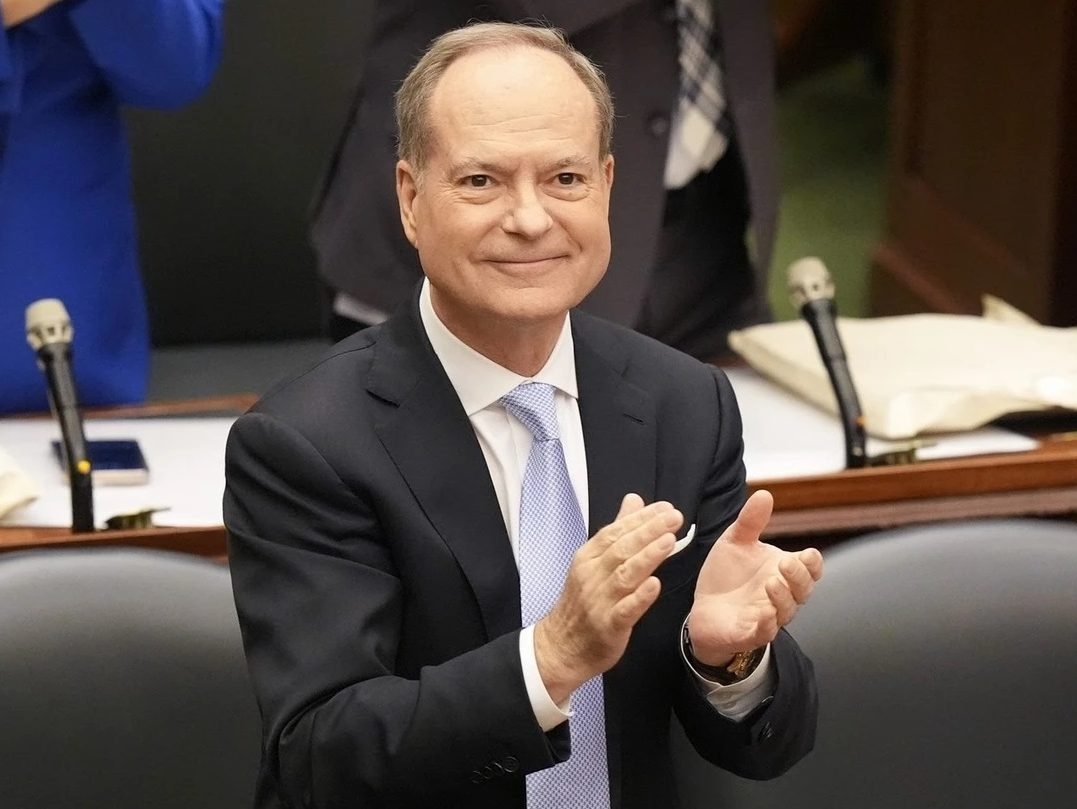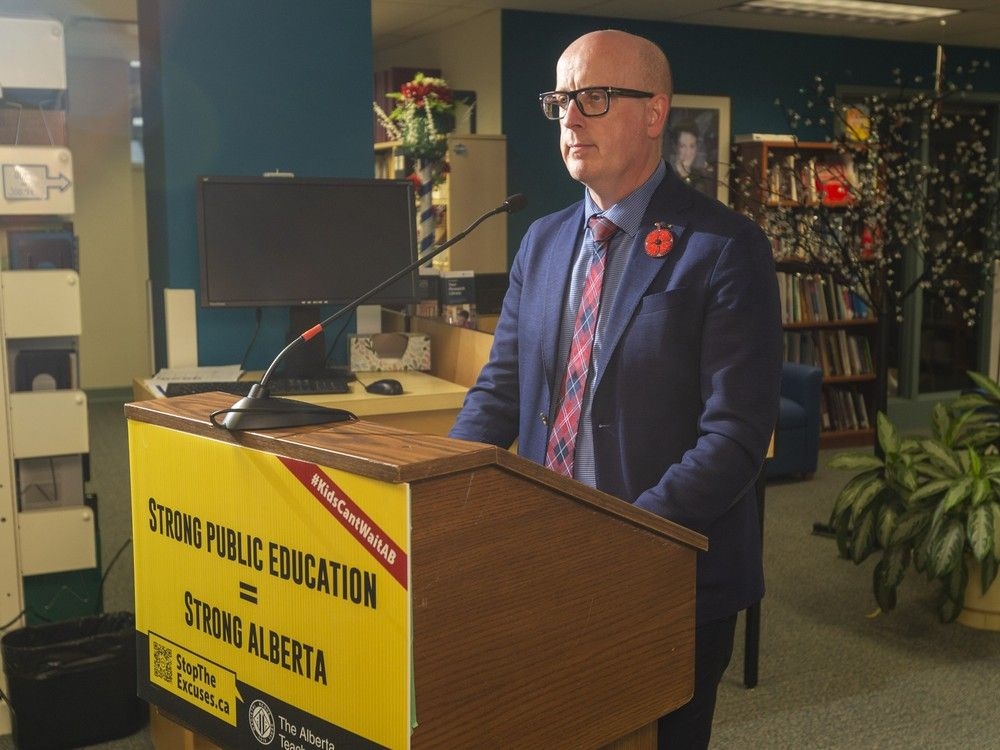Ontario is bracing for a crucial fiscal update, a snapshot of the province’s financial health arriving Thursday. The focus is expected to be a dual one: bolstering infrastructure projects and, crucially, safeguarding jobs in a climate of economic uncertainty.
Finance Minister Peter Bethlenfalvy has already voiced concerns about the recent federal budget, deeming it short on ambition, particularly when it comes to large-scale infrastructure investments. He emphasized a direct concern from constituents – the need for tangible support for workers in key industrial regions like Oshawa and Windsor, facing challenges from shifting global trade dynamics.
This impending economic statement isn’t just about numbers; it’s about responding to real anxieties on the ground. It’s anticipated to be a ‘mini-budget’ revealing the government’s priorities as the year closes.

Already, some groundwork has been laid. Recent announcements include a targeted HST rebate for first-time homebuyers and a substantial $1.1 billion investment in expanding home care services. Changes to election rules, including the removal of fixed election dates and an increase in political donation limits, are also slated for inclusion.
However, a growing chorus of voices is demanding attention be turned to a different crisis: the precarious state of Ontario’s colleges and universities. The federal government’s decision to drastically cut international student visas – halved to approximately 150,000 – has sent shockwaves through the post-secondary system.
For years, Ontario’s colleges, in particular, have relied heavily on tuition revenue from international students, a consequence of a long-standing tuition fee freeze and historically low provincial funding. This reliance has created a vulnerability now acutely exposed.
The latest federal cuts represent a significant blow, marking a 73% reduction in international student numbers since 2023. Colleges Ontario warns this could translate to a staggering $2.5 billion loss in tuition revenue, compounding existing financial pressures.
The impact is already being felt. Colleges have already been forced to cut $1.8 billion in spending, suspend 600 programs, and eliminate 8,000 positions. The situation is described as increasingly unstable, threatening not only the institutions themselves but also the communities they serve.
Universities are facing a similar crisis. The Council of Ontario Universities reports a $1 billion revenue loss due to the visa cuts, pushing the system to a “breaking point.” Despite significant cost-cutting measures and program closures, universities are projecting a $265 million deficit for the coming fiscal year, with deficits expected to grow.
Colleges and Universities Minister Nolan Quinn acknowledges the disruption caused by the federal decisions, calling them “unilateral” and creating “chaos” across the province. However, he offered no immediate commitment to increased provincial funding, stating only that a funding formula review is underway.
While Minister Bethlenfalvy maintains the province has been supportive of the post-secondary sector, the pressure is mounting for a decisive response. The fall economic statement will be closely watched for indications of whether the government will address this escalating crisis.
The province initially projected a $14.6 billion deficit for the current year. However, recent figures suggest a more optimistic outlook, with last year’s deficit coming in at a significantly lower $1.1 billion. A declining debt-to-GDP ratio and falling debt servicing costs further hint at improving financial conditions.
These positive trends, however, are overshadowed by the urgent need to stabilize the post-secondary system and address the anxieties of workers facing economic headwinds. The fiscal update represents a critical opportunity to chart a course toward a more secure and prosperous future for Ontario.





